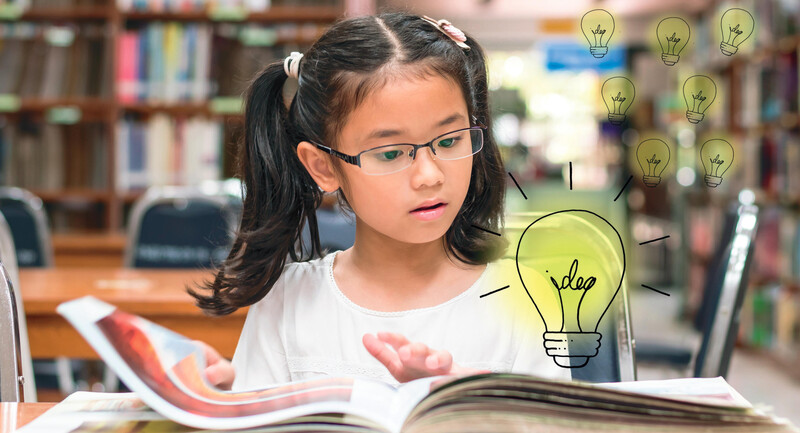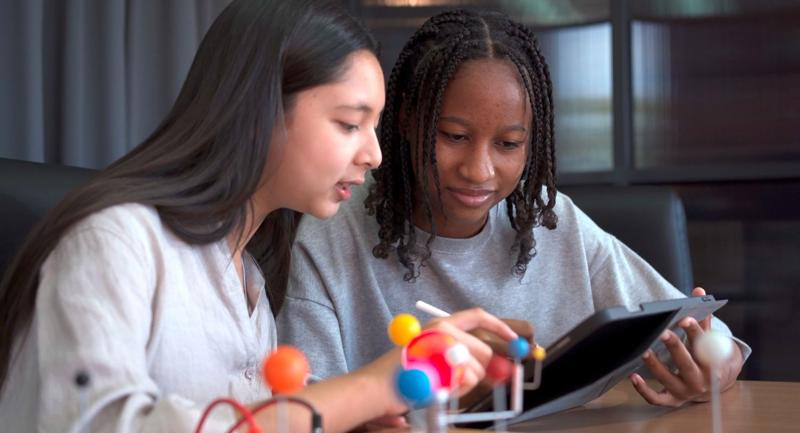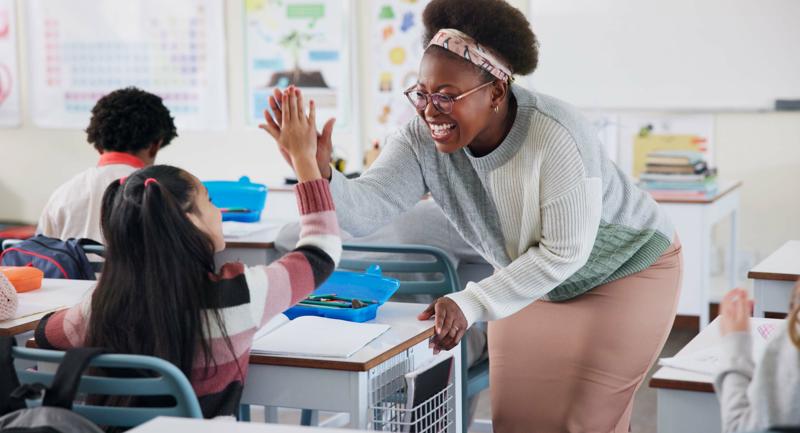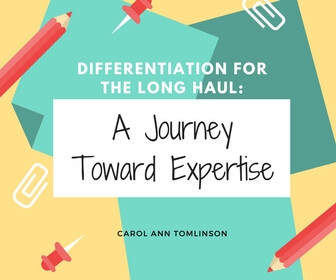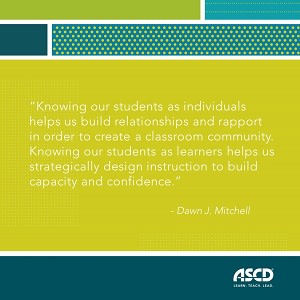This is the third in a series of four articles on how educators can support literacy by bringing knowledge-building into their classrooms (read the first, second, and fourth posts). Our group of 14 scholars has distilled a rich body of research into 10 practical recommendations for educators. In this article, we discuss recommendations 4–6, how quality texts can be accessed to build knowledge. Complex, knowledge-rich texts that feature unfamiliar vocabulary and new ideas are a powerful gateway for building knowledge. How can students access such texts? Simply putting a complex book in a child’s hands isn’t enough—they must be taught to read texts fluently and must be able to comprehend what they are reading. There are core sense-making skills that capable readers deploy to understand and learn from the texts they are reading. The recommendations below focus on instructional strategies that build students’ reading comprehension and expand their access to knowledge-building.
4. Give Read-Alouds a Central Role
Read-alouds are a powerful tool for teachers to foster literacy development. Read-alouds expose students to vocabulary, syntax, and content that is more sophisticated than what they can read on their own. Even books written for preschoolers expose children to vocabulary that is rarer, and more varied, than the vocabulary found in everyday conversation, and can be more syntactically complex as well. Read-alouds also turn the typically solitary act of reading into a group activity, with students listening, talking, and learning together. When students dialog about a text during a reading, they are developing their ability to engage in conversations about a text. Furthermore, read-alouds can be joyful and motivational for young children and older students alike. The polar bear lives in the Arctic, the area that surrounds the North Pole. Part of the Arctic is frozen, treeless land called tundra. Most of the Arctic is ocean. Ice covers the water most of the year. (Holiday House, 2002)
Read-alouds like this can build knowledge of things most children are unlikely to experience firsthand, such as the Arctic, and can similarly help to address inequities in children’s opportunities to build knowledge due to lack of prior exposure.
Interactive read-alouds can contribute to knowledge-building well into adolescence and beyond.
Engaging in discussion about a text before, during, and after reading, can help build students’ knowledge and support critical thinking skills. Examples of questions a teacher might ask include: What new information have you learned from this page?
How does that connect to what we learned yesterday?
What does the author say about that? How do you know?
Read-alouds also provide opportunities for teachers to explicitly explain and to think aloud or model what goes on in a reader’s mind as they read, which is part of effective comprehension instruction. The power of interactive read-alouds doesn’t stop at the end of elementary school. Interactive read-alouds can contribute to knowledge-building well into adolescence and beyond. 5. Foster Foundational Skills
We’ve all heard the adage that children first learn to read, and then they read to learn. Yet decades of research show that this is a false dichotomy. As described in previous articles in this series and in the preceding section, from the very beginning, children can build knowledge of the natural and social world through read-alouds and visual and experiential learning. They can also build knowledge through texts that they are learning to read themselves. As children are developing literacy foundational skills—concepts of print, phonological awareness, phonics, spelling, and fluency—they can be simultaneously building vocabulary and conceptual knowledge. As children develop as readers, they are able to read increasingly complex texts themselves and build more and more knowledge through that process.
Teachers do not need to choose between instruction that builds knowledge and that which teaches literacy foundational skills. They can occur in tandem and complement each other across a rich literacy curriculum.
It is obvious that developing literacy foundational skills is essential to children being able to read texts that build knowledge. However, the reverse is also true. Building content knowledge can contribute to word-reading development.
Content knowledge, in particular knowledge of concepts and the words that label them, supports orthographic mapping. Orthographic mapping involves connecting and storing three types of information about a word: the word’s phonology, or pronunciation; its orthography, or the way the word is written; and its semantics, or the meaning of the word. Orthographic mapping cannot occur without children developing vocabulary knowledge, which comes in significant part from building content knowledge. When children understand that a kit is a baby fox, they can more readily remember the sound, spelling, and meaning of the word “kit” and put that information to use when encountering new texts. Content knowledge also helps children recognize when they’ve misread a word. For example, consider the sentence: “Most fish hatch from eggs.” An early reader who does not yet know the tch trigraph might read this aloud as: “Most fish hath from eggs.” or “Most fish hatkh from eggs.” Content knowledge (or knowing that many animals hatch from eggs) leads the reader to recognize that those readings don’t make sense, which signals them to go back and try decoding the word again.
Cross-checking to ensure that the word as they have decoded it makes sense in context is especially crucial in the busy world of a classroom. It may not be possible for teachers to alert each one of their students every time they misread a word. But increasing children’s world knowledge will improve the likelihood that they will recognize a misread word on their own. For multilingual learners, building language and knowledge in the language(s) they are reading is crucial to support cross-checking their decoding while also supporting their language development. By ensuring students are building knowledge, engaging with knowledge-rich texts, and monitoring their comprehension of those texts, teachers can provide students with important tools to recognize misread words and try again to read them on their own. 6. Apply Strategies for Sense-Making
Building knowledge from texts requires being able to read the words in the text and comprehend them. Proficient comprehenders are quite active as they read, engaging in mental moves to support their comprehension, particularly when they’re finding the text to be difficult. These sense-making strategies can be taught within instruction that is focused on knowledge-building. Teaching students how to use these tools to access text and building knowledge are not in conflict. For example, research has demonstrated that elementary-school instruction that teaches text structures and builds knowledge improves reading outcomes compared to instruction that focuses on knowledge-building alone, without any detrimental effect on knowledge development. Sense-making strategies are especially helpful for developing readers who struggle with comprehension.
Sense-making strategies are especially helpful for developing readers who struggle with comprehension. Research has long-identified a significant subgroup of children who have grade-level word-reading skills yet struggle to comprehend text. There also are many children who need considerable support with both word reading and comprehension development. One valuable tool for readers to better understand, and therefore build knowledge from what they read, is by attending to the way the author has organized the text, for example presenting a problem and then potential solutions, or conveyed similarities and differences between two entities. Explicitly teaching children to pay attention to how texts are structured and common organizational patterns that authors use has been shown in many studies to support informational text comprehension. Before Reading
It helps students access texts when teachers provide them with explicit instruction on strategies they can use as they are preparing to read. Teachers can instruct students to set goals for reading by considering their purposes for reading (e.g., what they want to learn or gain from the text). Students also benefit from learning how to preview a text. This includes assessing what they already know and don’t know about the content, articulating what they might learn by reading and attending to the text’s structure, and introducing key vocabulary and concepts. Deeper preview, aided by, for example, read-alouds or videos, is helpful toward preparing students’ interest and understanding of texts with topics that might otherwise be too unfamiliar or difficult for students to grasp on their own.
During Reading
Students benefit from explicit instruction in comprehension monitoring, in which they monitor their success in understanding and learning from text while they read. For example, students can be taught to ask questions and pay attention to whether they can answer them.
Students can be taught to stop and reread portions of the text so that they can make connections, put the pieces together, and understand the text from various angles. Also effective is instruction in getting the gist—teaching students to ascertain the key points an author intends to convey by paraphrasing, clarifying, explaining, or summarizing small portions of the text. Strategies designed to support comprehension should be invoked in service of understanding the text at hand; there is a lack of evidence for isolated comprehension strategies instruction that does not ask students to reflect on the content of the text.
After Reading
Asking students to ask and answer questions posed before or during reading is shown to increase both memory and comprehension of what they’ve read. Similarly, students benefit from summarizing their texts and from pulling together key points that the author has aimed to communicate across larger portions of the text. While discussion is invaluable, the impact of having children write about what they’ve read is tremendous. When students are regularly engaged in writing about their reading, it is shown to boost not only the quality of their writing but also their content-area learning and overall reading development. This finding applies to English learners as well as to students already proficient in English. Finally, instruction that includes a "balance" of reading and writing produces better outcomes in both. Important practices for helping students access and therefore build knowledge with texts include reading aloud material too difficult for students to access on their own; developing foundational skills that enable students to fluently read increasingly complex texts; and explicitly teaching text structures and comprehension. Included in the next article will be a discussion of the nature and diversity of those texts.
An Essential Reading List for Literacy Research
Scholars from the Scientific Advisory Committee share freely-accessible articles on knowledge-building and comprehension.




